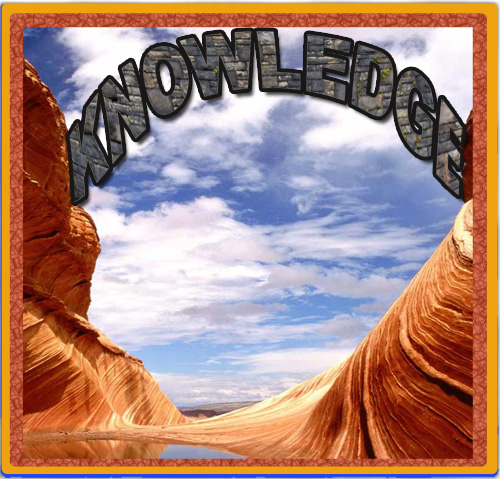Applying Past Knowledge to New Situations
What does it mean?
Using what you know in new situations and to solve new problems. Making connections between new ideas and ones you learned in the past. Developing a deeper understanding by applying thinking from one situation to another. Coming to a conclusion to suit a new situation based on past knowledge, deductive reasoning. Using your Maths knowledge in a Science lesson, understanding a character in a novel by making connections to people you know.
Why does it matter?
Building on and applying past knowledge allows you to learn in more productive ways. The more you learn the more past knowledge you have to apply and if you can do that well you can learn new ideas faster. Reflecting on prior learning and knowledge will also allow you to identify and correct misconceptions.
When should you use it?
Always. Whenever you are learning new material that has a connection with prior learning. When you reflect on new ideas and compare them to what you already know. When a new idea or point of view challenges what you already know. When what you thought was true, is causing you problems or seems to be wrong.
An example:
In the movie "A Beautiful Mind" Nash applies understanding from one area, economics, to dating girls and in the process makes a great insight into economic theory. Nash was able to see the similarities in the nature of the two problems, rather than the superficial elements.
5 Top Strategies:
- Look for connections from one idea to another
- Ask questions that help you see connections, How is this like . . ? This adds to what I know about . . .
- Look for metaphors that help you understand one thing based on your understanding of another
- Use Connect, Extend, Challenge to identify what is similar to what you already know and what is knew learning (See Thinking Routines)
- Reflect on your learning, take time to absorb new ideas and link them with prior learning
5 Questions to ask about your thinking:
- Are the connections I am making correct and helpful in expanding my understanding?
- What parts of the new learning doesn't fit with or challenges my old ideas? Which will I trust? Why?
- What strategy can I use to improve my recall or prior learning?
- Map your initial ideas on a topic and then ask, What is missing from this and where does the new learning fit?
- What do you think you know about this topic? What makes you say that?
Thinking Routines for Applying Past Knowledge
- Connect, Extend, Challenge - How are the ideas presented Connected to what you already know? What new ideas are presented that Extend what you know? What is still Challenging for you about the new topic and/or its connection with prior learning? Use individually recording your responses on paper or in a group with each member responding to the three questions in turn.
- Think, Puzzle, Explore - Answer these three questions: What do you Think you know about this topic? What questions or Puzzles do you have? How can you Explore this topic? When exploring begin by looking for ways to expand on what you already know to maximise the benefits of your prior learning.
- Generate, Sort, Connect, Elaborate - Generate by brainstorming a list of at least of initial ideas based on what you already know about the topic. Sort these by relevance to the new topic, maybe colour code. Connect ideas with lines to show connections. Add new information to this and continue to build links as you Elaborate on your understanding and explore the new learning.
- I used to think . . ., Now I think . . . - When you are reviewing a topic take time to include this simple routine. Start with 'I used to think . . . ' then move on to 'Now I think . . .'. Add power by combining with 'What connections are there between the two?'. This routine should help you identify connections with prior knowledge and allow you to identify which parts are entirely new.


